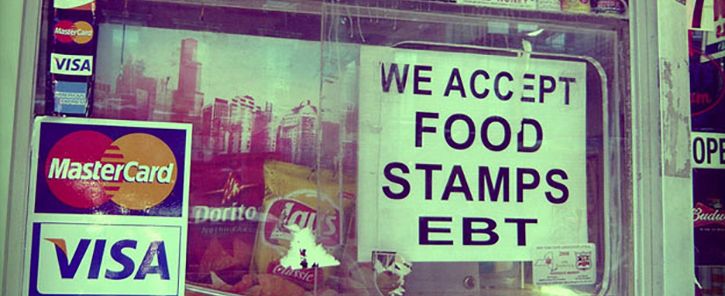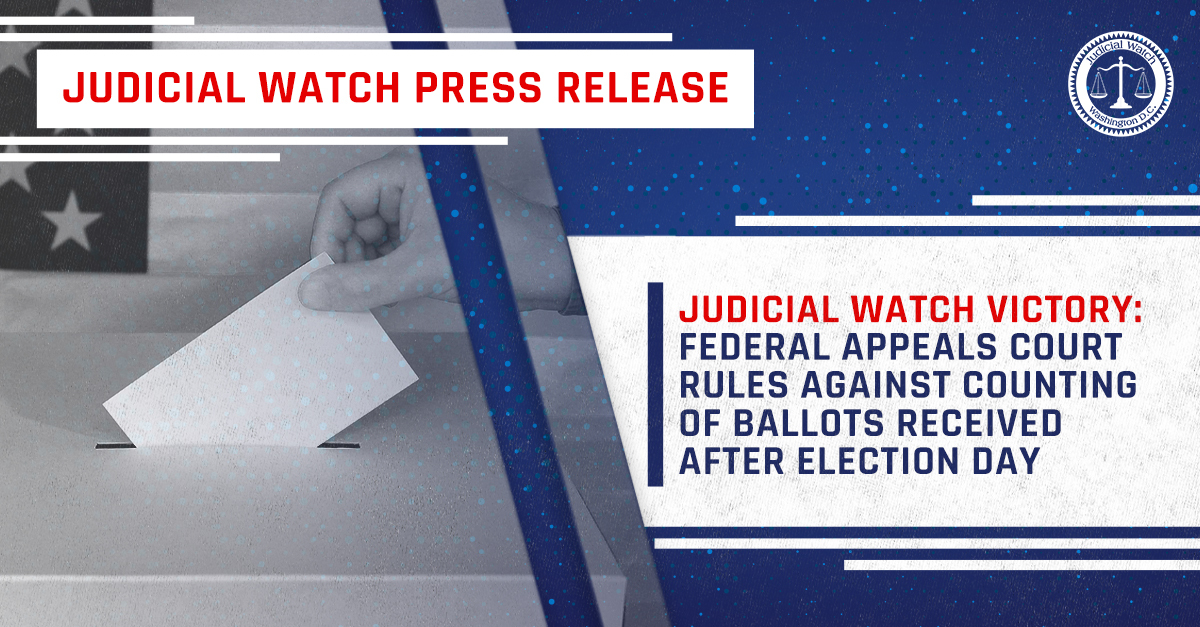

Trump Gives Obama Project to Help Food-Stamp Recipients Eat More Fruit & Veggies $16.8 Million


The Trump administration is throwing more money at a controversial Obama-era program that dedicated tens of millions of dollars to help food-stamp recipients eat more fruits and vegetables. It was part of a project launched by the former president and his wife to provide low-income minorities—already getting free groceries from the government—with healthier foods, compliments of Uncle Sam. In the last two years alone of the Obama presidency the initiative, known as Food Insecurity Nutrition Incentive Grant Program, received an astounding $62.5 million.
This month, the Trump administration announced that the cash will keep flowing via the U.S. Department of Agriculture (USDA), the agency that administers the nation’s monstrous food-stamp program. The agency will dole out $16.8 million to dozens of nonprofits, food banks and state agencies that will provide residents of low-income neighborhoods who already get free groceries from the government with fresh produce. The Obama administration coined them “food deserts,” common in poor, minority communities where fresh, healthy food is tough to find or often unavailable. This created a national epidemic of obesity among minorities, the Obama administration asserted, and the government had a duty to intervene. Michelle Obama pushed through a $4.5 billion law (Healthy, Hunger-Free Kids Act) shortly after her husband got elected president and the money started pouring into a variety of projects designed to eradicate “food deserts.” To eliminate the welfare stigma, the administration renamed food stamps Supplemental Nutrition Assistance Program (SNAP) and the rolls swelled to a breathtaking 46.5 million in 2016. This cost American taxpayers and eye-popping $70 billion, according to government figures.
There was tremendous hope that the new administration would put an end to the madness. or at least cut back on overlapping benefits. Instead, it’s dedicating more taxpayer funds to an already bloated welfare program. “These grants help provide low income families with the resources they need to consume more nutritious food,” Trump’s USDA Secretary, Sonny Purdue, said in an agency press release announcing the new $16.8 million allocation. “Last year, SNAP helped put healthy food on the tables of at least 44 million Americans, including 19 million children. This builds on the successes of health-related incentives, with many of the projects being conducted at farmers markets. At the same time, we’re also helping to strengthen local and regional food systems.”
The single biggest chunk of money ($3,944,573) will go to the California Department of Food and Agriculture, followed by a Michigan nonprofit, Fair Food Network ($3,500,000), that’s dedicated to increasing access to healthy food in low-income communities. The Food Trust, a Philadelphia charity that ensures everyone has access to affordable, nutritious food, is getting $987,500 and the Kentucky-based Community Farm Alliance, dedicated to improving the quality of life in rural and urban communities, will get $602,159. Other grant recipients include; a southcentral Los Angeles nonprofit called Community Services Unlimited that strives to address the inequalities and systemic barriers that make sustainable communities self-reliant ($500,000); Chicago-based Experimental Station, dedicated to building cultural infrastructure on the South Side ($487,197); New York City-based Fortune Society, which promotes alternatives to incarceration ($498,000) and a Washington D.C. group called FRESHFARM Markets that improves food access and equity ($250,000).
A few years ago, the same Obama program dedicated $31 million to “creative community partnerships” charged with providing the nation’s food-stamp recipients with more fruits and vegetables. At the time, Obama’s Agriculture Secretary, Tom Vilsack, said that “encouraging low income families to put more healthy food in their grocery baskets is part of USDA’s ongoing commitment to improving the diet and health of all Americans. Months earlier, the administration had quietly doled out $31.5 million for the same cause. The USDA claimed the money would help “create projects that increase the purchase of fruits and vegetables among low-income consumers” that already get food stamps from American taxpayers. The Obama administration dedicated huge sums to the experiment even after an academic study determined that it was failing miserably. The probe focused on Philadelphia, an area that’s received large amounts of taxpayer dollars to eradicate food deserts. Besides getting cash from the former First Lady’s measure, the area has also received generous grants from a $15 billion fund tied to her husband’s disastrous healthcare law as well as stimulus money to combat obesity. The funds have helped build new markets and added healthy food options to convenience stores in the city’s low-income neighborhoods.
However, the effort has not paid off. Residents of the underserved areas are no healthier after getting their government-funded fruits and veggies, the study found. After six months, there was no significant improvement in the body-mass index of local residents or in their consumption of fruits and vegetables, according to the academic researchers. The extensive probe considered more than 1,000 Philadelphia residents who lived in areas once considered food deserts because there were no affordable healthy things to eat. This hasn’t stopped the public dollars from rolling in, even under a new administration.















